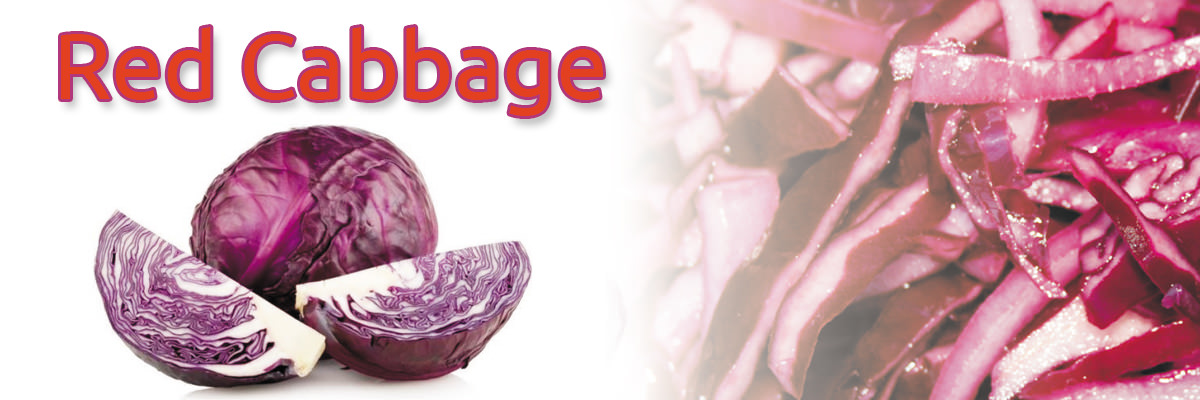
Red cabbage is a nutritious and delicious vegetable that has become very popular throughout the world for a number of reasons. Not only is it very good for the body, but it also adds flavor and flair to a wide variety of dishes. Red cabbage, also known as purple cabbage or red kraut, is a member of the Brassicaceae family.
Interestingly enough, red cabbage is often used as a pH indicator, since it changes color specifically dependent on the pH balance of the material it is in. The color of the cabbage will actually fluctuate depending on the pH balance of the soil it grows in.
Benefits of Red Cabbage:
Vitamin C:
The best-known sources of vitamin C are citrus fruits, so it may be a surprise to learn that 1 cup of chopped red cabbage has 56 percent of the recommended daily intake of this important vitamin. As an antioxidant, vitamin C fights inflammation and protects cells from damage that leads to chronic health conditions, such as heart disease.
Eye Health:
One cup of red cabbage contains 33 percent of the recommended daily intake of vitamin A, but the total is delivered in three different forms: beta-carotene, lutein and zeaxanthin.Betacarotene is converted into the form of vitamin A called retinol that's used by cells in the eyes that detect light and convert it into nerve impulses. Lutein and zeaxanthin function as antioxidants that protect the retina and may help prevent age-related macular degeneration.
Vitamin K:
28 percent of the recommended daily intake of vitamin K can be obtained from 1 cup of chopped red cabbage. Long-term deficiency in vitamin K increases the risk of developing osteoporosis, atherosclerosis and cancer.
Cancer Prevention:
Red cabbage belongs to the cruciferous , or Brassica, family that includes broccoli, turnips and Brussels sprouts. Cruciferous vegetables are the only source of sulfurcontaining compounds called glucosinolates that are responsible for their bitter flavor. Glucosinolates are digested into isothiocyanates that reduce inflammation and fight bacteria. The red pigment comes from a flavonoid, cyanidin, that functions as an antioxidant. Both cyanidin and the isothiocyanates prevent some types of cancer by stopping the growth of cancer cells, inhibiting enzymes that activate carcinogens and helping cells repair damage caused by carcinogens.
Iron:
In addition to delivering oxygen to cells throughout your body, iron is part of a protein "myoglobin" that stores oxygen in your heart and skeletal muscles. Red cabbage has double the iron than green cabbage, providing 0.7 milligrams in 1 cup, compared to 0.4 milligrams in green cabbage.
Cures Ulcers:
The amino acid, glutamine cures ulcers well, especially peptic ulcer. It is present in a high concentration in red cabbage due to which its juice is used to treat ulcers since ages.
Cleans the Body and Helps in Proper Digestion:
Various minerals, especially sulfur which is present in a high quantity in red cabbage, is involved in cleaning the bowels. If taken raw as a salad, it helps in preventing indigestion and constipation.
Blood Pressure:
Potassium in red cabbage helps in maintaining a healthy blood pressure which is good for the heart as well.
Helps in Weight Loss:
The high fiber content in red cabbage always makes you feel full. It also contains fewer calories due to which you have a chance of low calorie intake, leading to weight loss.
